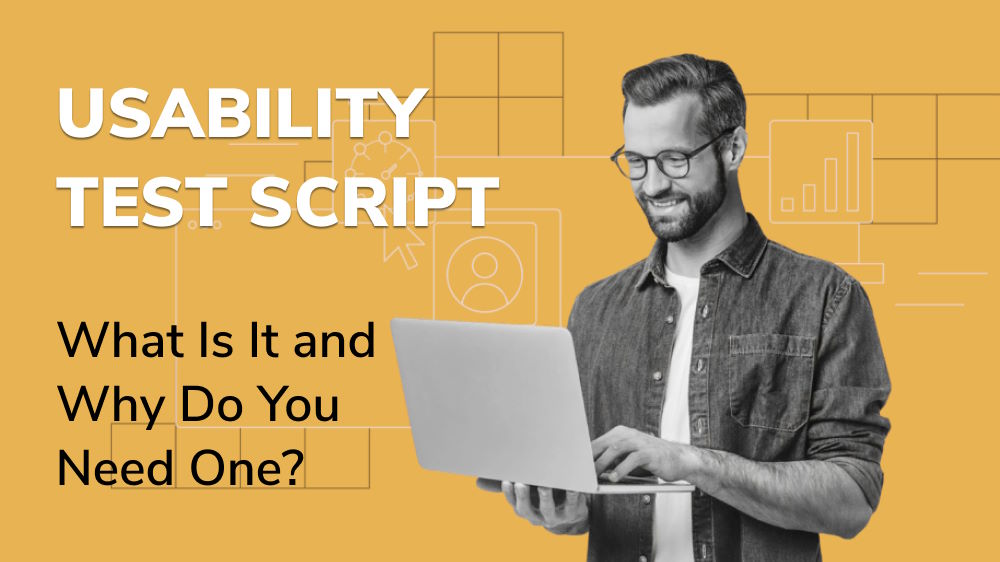
System Testing vs End to End Testing

Content Map
More chaptersWhen it comes to developing software, many testing methods are used to make sure the software meets the highest quality standards. Each testing method is designed to be used at different steps of the process and cover different testing areas, such as performance, usability, compatibility, and scalability, to name a few.
Two of the most common testing methods are System Testing vs End to End Testing. These terms are often used interchangeably to describe the same thing, but they are in fact quite different. Therefore, it is vital that developers and clients understand what sets these two testing methods apart, and how they are both used to ensure a software application meets the highest standards.
What is System Testing?
System Testing is a testing method that involves validating a fully integrated software product. It is usually performed after Unit Testing and Integration Testing has been completed. Unit Testing is where the individual units of the software are tested before being integrated into the software. Integration Testing involves testing the individual units of the software after being integrated into the software.
Based on this progression, System Testing can be considered the next logical step in the testing process. Here, a team performs a complete evaluation of the software, and determines how the various components of the software interact with each other. In essence, it confirms that the software does what it is intended to do, and that it is in line with the client’s unique requirements.
Advantages of System Testing
Confirms that the software meets the client’s unique requirements
System Testing is usually carried out near the end of the software development cycle. This makes it the perfect chance to confirm that all of the work done, up until this point, aligns with the client’s initial scope. It also confirms that the software is viable from a technical, business, and functional standpoint.
Identifies bugs, errors, vulnerabilities, and areas of improvement
Any bugs, errors, or faults that were not found in Unit Testing or Integration Testing, will surely show up in System Testing. It is one of the last steps in the quality assurance process, before the launch of the software. Therefore, it is vital that System Testing is part of the testing phase, as it is a useful way to analyze the software from the perspective of the user.
Simulates the real-world scenario
System Testing is all about discovering what the software is like to use in a real-world scenario. That’s why System Testing is performed, as close as possible, to a real-world production or business environment. It gives the developer and the client a clear, thorough overview on the current state of the software, in the most optimal operating environment.
For this reason, every aspect of the software is tested. This includes Performance, Behavior, and Scalability, to name a few. It ensures that no stone is left untouched, and that the final software provides the best possible user experience.
What is End to End Testing?
End to End Testing is a testing method that involves assessing the workflow of a (near) final software, from start to finish. The point of End to End Testing is to determine how the software behaves and make sure that the flow of data is maintained for different tasks and processes. It is an excellent way to detect discrepancies in the software and see how the software behaves when a real user interacts with it.
During End to End Testing, the user will typically interact with the software in many ways. They may create a profile, navigate the app, load different pages, and even perform more complex tasks like making online payments. The idea behind this is to confirm that the software does everything the user asks of it, and that each action produces an outcome that matches both the developer and clients’ expectations.
Advantages of End to End Testing
Helps optimize the user experience
End to End Testing is a great way to gather valuable feedback from real people. It can help you identify problems in the software that you previously did not consider. For example, a user may report that the location of the ‘Menu’ button is in an inconvenient place, and that it would be better suited elsewhere. Prior to this, you may have assumed that its location was fine; but with this new insight, you can change where it is placed, making it easier to find and navigate the rest of the app.
Reduces the cost of building and maintaining the software
End to End testing makes it easier for testers and developers to catch problems before they escalate into serious issues. This is because most End to End Testing is carried out manually, by real testers, as opposed to automated scripts.
As a result, testers can write End to End Tests that are based on the user’s behavior, which means they are more likely to pick up on problems that an automated script may have overlooked. This can greatly help reduce the cost of building and maintaining the software, as well as improve the quality of the initial launch version.
Replicates the real-world user experience
End to End Testing is the closest a developer can get to seeing the software in action in a real-world environment. This allows the development team to assess aspects of the software that previous tests could not. The most important of those is the user experience.
But other external factors can be tested as well, such as how well the software integrates with other hardware and software – connected components that were not present in previous tests.
Is One Testing Method Better Than the Other?
In reality, neither System Testing vs End to End Testing is better than the other. They are both designed to test different aspects of the software, reveal different findings, and achieve different outcomes.
The argument as to whether one testing method is better than the other comes from the false assumption that both testing methods are the same; when, in actual fact, they are different methods with different testing coverages.
To prioritize one testing method over the other is a mistake. Such a decision could cause the development team to overlook crucial aspects of the software and release a lower quality product as a result.
Of course, the successful integration of the right testing methods comes down to the software development team, not the client. So, it is in your best interests to carefully review the testing methods that a software developer uses, and understand how each method contributes to the quality of the final software.
Key Takeaways From Software Testing

System Testing vs End to End Testing both have their place in software development. If you are a client looking to build new software, or update your existing software, then understanding the type of testing methods that a software development company uses is vital to receiving a quality product.
For this reason, it’s important that you ask the right questions. Find out what kind of testing methods they use. Ask what kind of tools and software they use. And find out what the team were to do when faced with a challenging roadblock.
Ideally, the software developers you choose will have methods in place to deal with unforeseen challenges and will have continuous feedback as part of their processes in order to identify bugs and issues early and ensure the final product meets the highest quality standards.
By doing so, you will greatly improve the odds of making your life easier during the software development process and receiving a higher quality product at the end.






